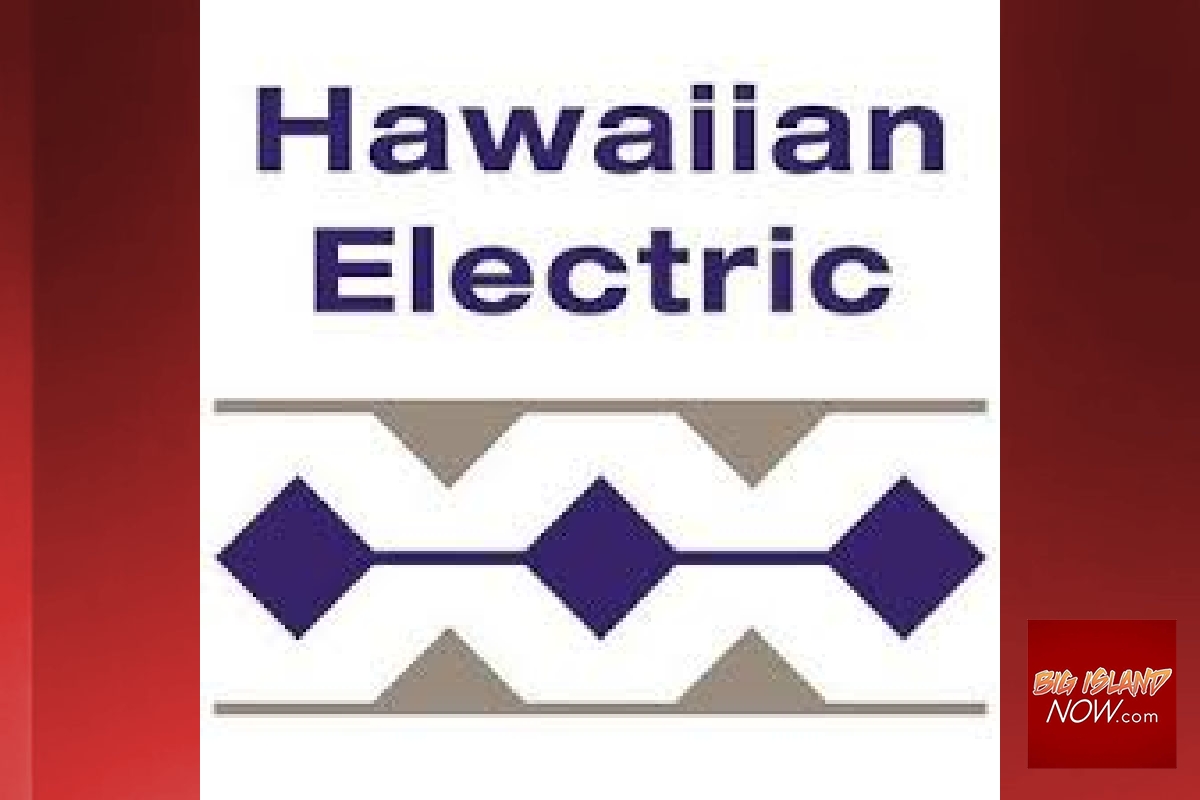OP-ED: Future Not So Bright for Renewable Energy
On the Island of Hawai‘i, where I live, I have witnessed the best of what renewable energy has to offer – geothermal, wind, water, and sun. I was a member of the State Senate when the original statute on the renewable energy portfolio standards, Act 272, was approved in 2001. At that time, we were the only state to propose such a program. As the recently appointed Chair of the Senate Transportation and Energy Committee, I look forward to learning what other technologies and resources are available to help wean ourselves off fossil fuels and to showcase to the world that the state of Hawai‘i is a leader when it comes to embracing the power of clean energy.
That is why I was encouraged when Gov. David Ige last week signed into law with great and well-earned fanfare House Bill 623 (Act 97), which sets new targets for Hawai‘i’s renewable energy portfolio standards. These standards were strengthened in 2004, 2006, and 2009. The new law now takes the standards to a more aggressive goal of 100 percent by the year 2045. Hawai‘i, once again, is blazing trails when it comes to setting targets that are good for the environment and good for the state overall.
I commend all State Legislator,s including the bill’s sponsor, Representative Chris Lee and Senator Mike Gabbard, for shepherding the legislation through the process. These are aggressive goals and the right thing to do.
But then I learned of a bit of irony.
Within a couple of days of the signing of the bill, the Hawai‘i Public Utilities Commission (PUC) took adverse action against eight solar farms – one was denied and seven were deferred. These projects are designed to add 240 megawatts of clean solar energy to the grid. But the PUC’s decisions put these projects at risk of going away. That’s 240 megawatts of solar energy – which could get us 6 percent closer to the goal — that could simply disappear.
Why? Did the PUC think these projects were not worthy?
Not at all.
What the PUC signaled in its orders was that Hawaiian Electric Company (HECO) did not do its job in addressing the commission’s questions and concerns regarding costs and benefits to the state. In other words, HECO’s unresponsiveness to the PUC was holding us back from achieving our renewable energy goals.
I am glad that the PUC took the steps necessary to hold HECO accountable, and the good news is that the PUC’s efforts seem to be working. Subsequent filings by HECO provide the analysis necessary to show these 240 megawatts can help us achieve our renewable goals and help lower HECO’s electricity rates at the same time.
Things are heading in the right direction but we need to keep moving. Any further delay will place our renewable energy future – and projects like these – in jeopardy. A dire consequence of a delay: missing a critical deadline by the end of 2016 in order to qualify for federal tax credits. The tax credits are what allow the projects to offer unprecedentedly low prices to HECO’s customers. If the projects aren’t started in time to meet the deadline, they might never be started.
Not to mention, Hawai’i’s business reputation will be tarnished when investors wanting to help finance clean energy projects will simply go somewhere else. This puts a chilling effect on future investment. Companies wanting to come here could again say, “It’s too difficult to do business in Hawai‘i.”
Also at stake: hundreds of local construction jobs. This means less money in the pockets of carpenters, electricians, heavy equipment operators, and other construction workers. This is the cash they use to pay mortgages and rents, food and other bills.
With the higher renewable portfolio standards, we need to send a strong message that we welcome more clean energy investment to the state — especially when the investment helps lower and stabilize our electricity rates. That’s why I’m asking the Commission to move quickly. Let us start by giving the green light to solar projects that will move Hawai‘i forward towards a more sustainable future.
State Senator Lorraine R. Inouye represents Senate District 4, which includes Hilo, Hamakua, Kohala, Waimea, Waikoloa, and Kona. She is the chair of the Senate Transportation and Energy Committee.













